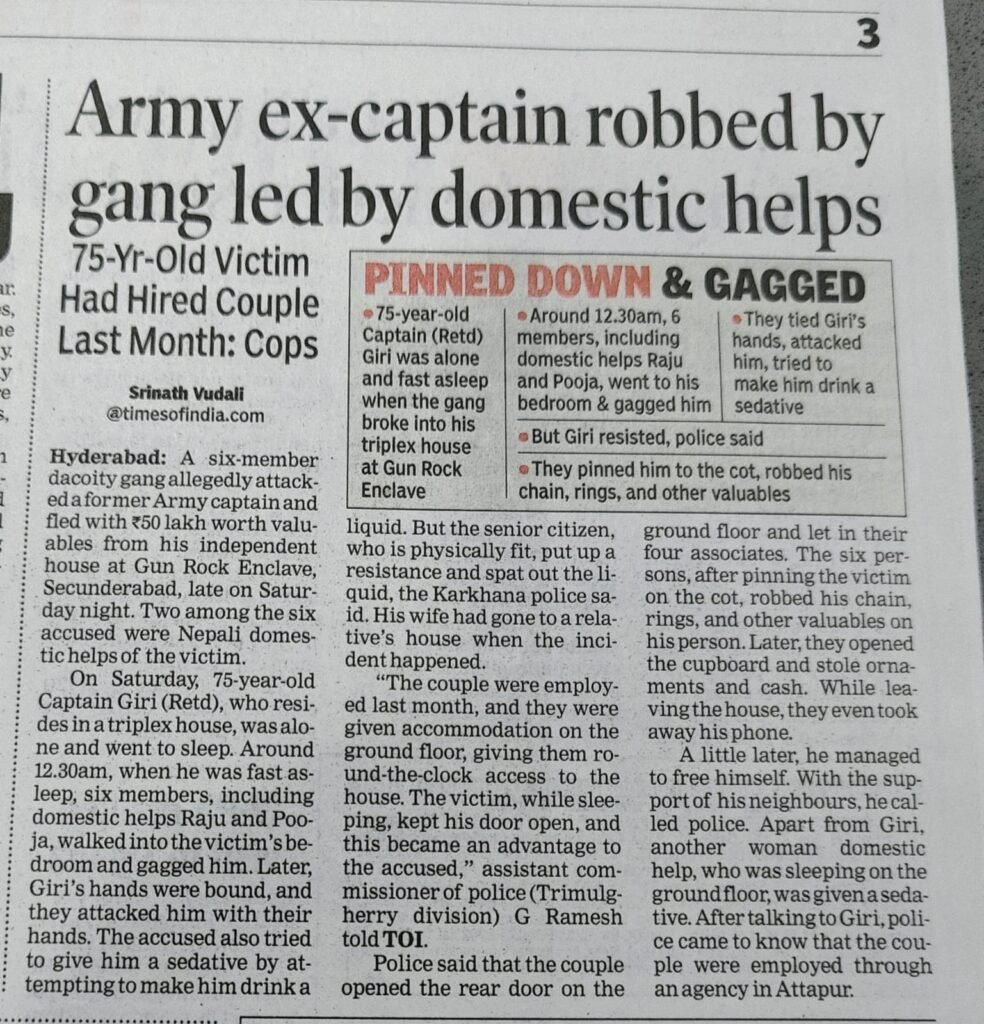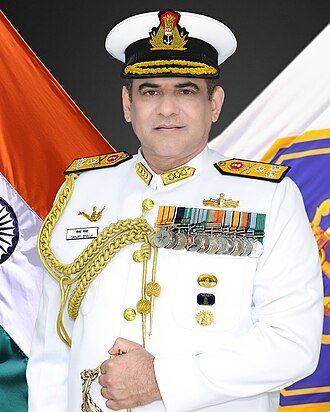
The Territorial Army in its present form was established under the Territorial Army Act on August 18, 1948
The Army is considering the induction of women into Territorial Army (TA) battalions as a pilot project, with recruitment initially restricted to a few units.
Army sources confirmed the developmenton Sunday, saying the intake would begin with small numbers and may expand after an evaluation of the scheme. They emphasised that the TA is not deployed on front-line battle roles.
Currently, women are commissioned into 10 arms and services — the Corps of Engineers, Corps of Signals, Army Air Defence, Army Service Corps, Army Ordnance Corps, Corps of Electronics and Mechanical Engineers, Army Aviation Corps, Intelligence Corps, Judge Advocate General Branch and Army Education Corps, in addition to the Armed Forces Medical Services.
Women are not inducted into the infantry or armoured corps.
The Territorial Army, raised as a “citizen soldiers’ force”, allows able-bodied volunteers — particularly those overage for regular Army enrolment — to serve the nation in uniform while augmenting the Army’s organisational needs.
At present, the Territorial Army has a strength of around 50,000 personnel comprising 65 Departmental TA units such as Railway, IOC, ONGC, and Non-Departmental TA units of Infantry Battalion (TA), including Home and Hearth Battalions, Ecological Battalion (TA) affiliated to various Infantry Regiments and Engineer Regiment (TA) for maintenance of Line of Control fencing.
TA units have participated in the 1962, 1965 and 1971 operations, and played active roles in Operation Pawan in Sri Lanka, Operation Rakshak in Punjab and Jammu & Kashmir, and Operation Rhino and Operation Bajrang in the North-East.
The Territorial Army in its present form was established under the Territorial Army Act on August 18, 1948, and was formally inaugurated by C Rajagopalachari on October 9, 1949.
















































































































